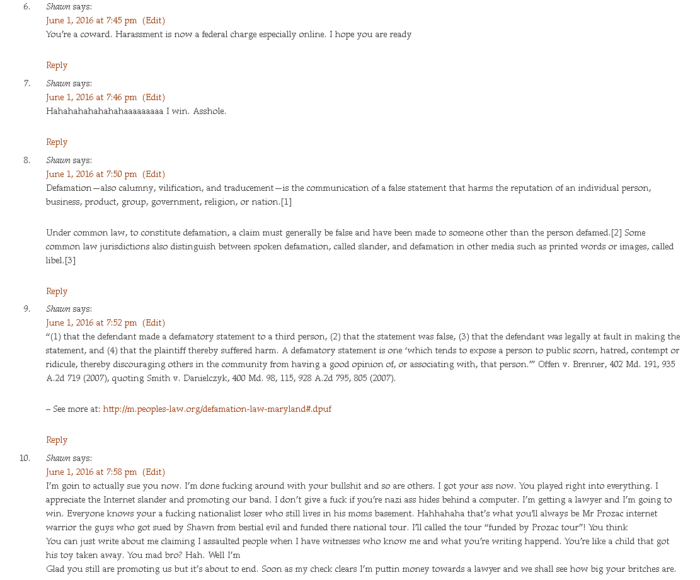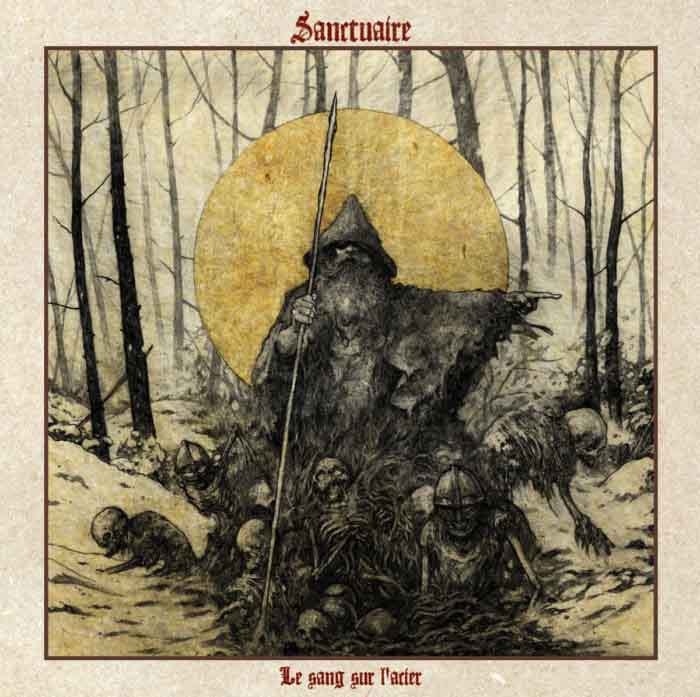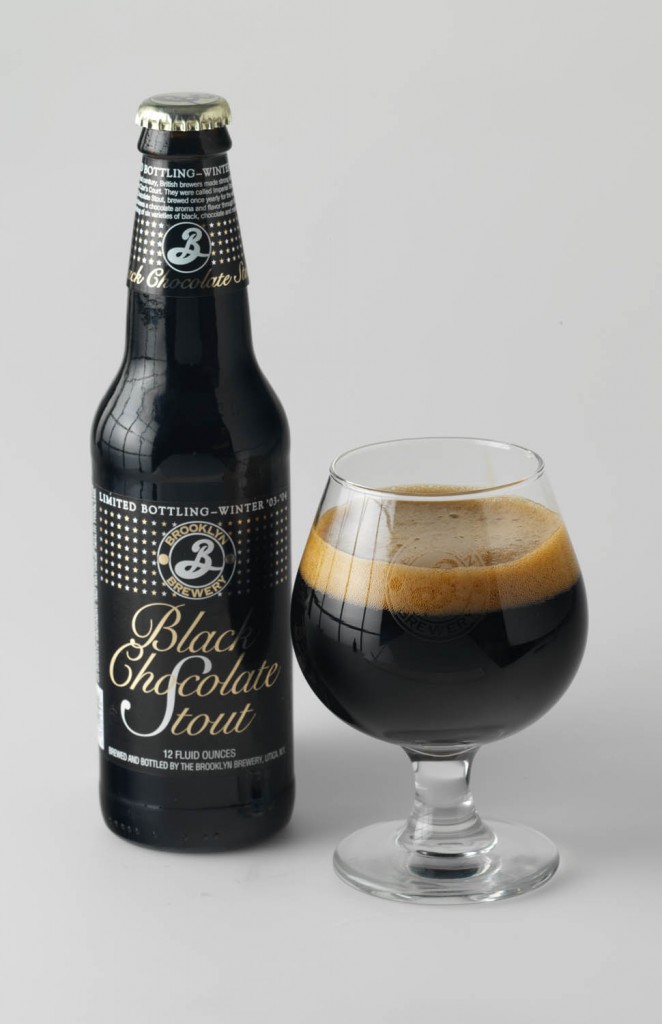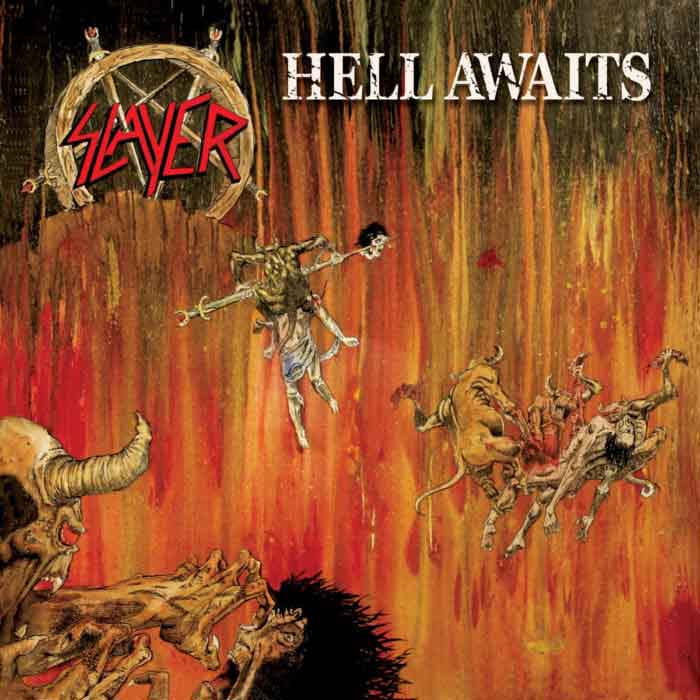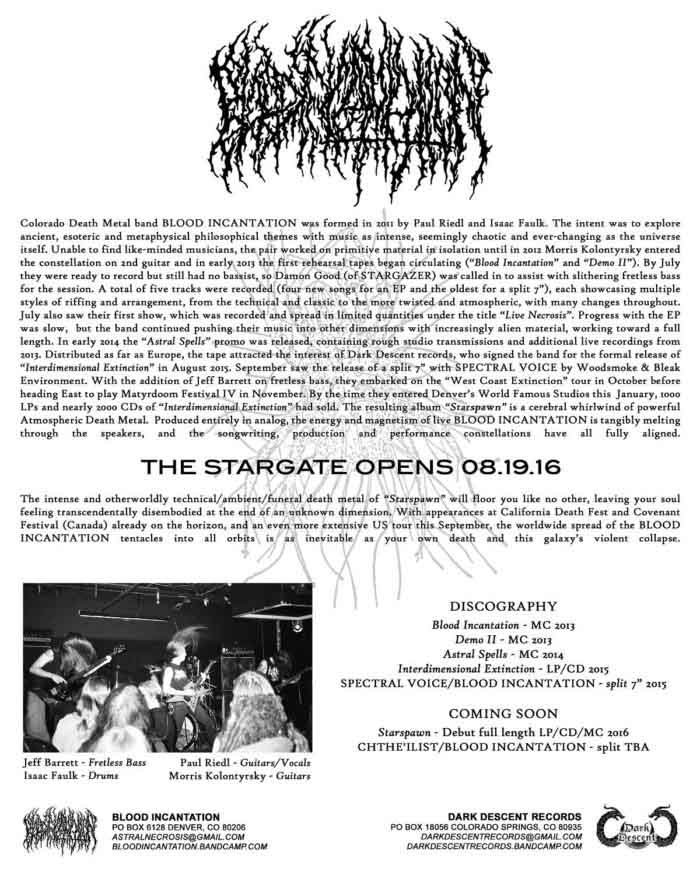Baltimore social justice warrior Shawn Wright threatened to extort Death Metal Underground through a defamation lawsuit to fund his crappy crustcore band Bestial Evil USA‘s national tour in the comments section of our recent news article covering his latest whining.
25 CommentsTags: baltimore, bestial evil, bestial evil (usa), crustcore, metalcore, metalgate, news, shawn wright, sjws
